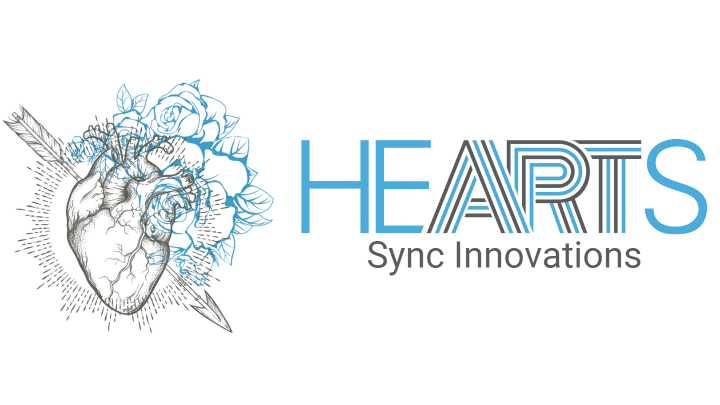When Dr. Sheila Patel, a frequent collaborator of physician and mind-body pioneer Deepak Chopra, explained the role of mindfulness and movement for stress regulation, she made one thing clear: regular, well-designed routines outperform sporadic peak performance. This is where influencer workouts come in—they bring structured movement, focus, and motivation directly into your living room. But which formats provide real health effects instead of just entertainment? We distinguish illusion from substance and show you how to use social workouts in a scientifically sound way.
Influencer workouts are guided training sessions via video or app, often involving bodyweight exercises, yoga, mobility, core drills, or mini-HIIT. The hype is not what matters, but the training principles: progressive overload, sufficient recovery, and measurable progress. Three terms help with the categorization. First, Self-Determinationthe feeling of autonomy, competence, and social connectedness, a motivational framework that explains why tools with feedback and community help maintain engagement. Second, Overloada planned stimulus that adapts the body, which must be dosed appropriately. Third, Overtrainingpersistent performance declines due to excessive, monotonous stress and inadequate recovery, which we want to avoid with overly intense videos. For high performers, consistent, intelligent stimuli plus stress management trump maximal noise with minimal benefit.
Well-structured living room training can reduce stress, improve flexibility and balance, and increase training consistency through app-driven feedback loops. Yoga programs reduce perceived stress and anxiety and enhance mindfulness after just a few weeks—effects that have been observed in academic settings [1] [2]. Balance-oriented formats like Tai Chi or targeted single-leg drills improve dynamic stability in the short term, a key factor for injury prevention and efficient force transfer [3] [4]. Digital progress trackers act as motivation enhancers: features addressing belonging, autonomy, and competence predict more workouts and goal achievement, while continuous use is associated with adherence to recommended activity levels [5] [6]. Resistance bands also provide reliable stimuli for strength and muscle definition without the need for heavy weights—the key is the targeted dosing of band tension [7].
Several strands of research support the living room setup. First, yoga interventions with clear protocols over 6 to 10 weeks show significant reductions in stress and anxiety as well as increases in mindfulness—even among busy students and faculty members. The programs combined breath work, poses, and meditation and could be integrated into daily life, highlighting their relevance for home workouts [1] [2]. Second, studies on app-supported activity demonstrate that it is not the one-time use but the continuity that counts: In a large long-term survey, "continuing users" were significantly more likely to maintain their activity levels at recommended heights, while dropouts showed marked declines. Features like energy analysis, journaling, and goal-setting are associated with increases and maintenance of activity—a direct indication of how digital features can shape behavior [6]. A content analysis of a strength training app adds: Features promoting connectedness, autonomy, and competence correlate with more tracked workouts and higher goal achievement—highlighting the importance of personalized engagement [5]. Third, a systematic review warns against excessively intense, monotonous resistance loads: Sustained high intensity without adequate recovery can lead to performance declines; a lasting marker for overtraining remains the persistent drop in performance. For video workouts, this means: scale the intensity, vary stimuli, and plan deloads [8].
- Integrate 1-2 short yoga sessions per week (e.g., 20-30 minutes of Yin or Hatha sequence) to reduce stress and build flexibility; focus on breath rhythm and longer hold times [1] [2].
- Train balance daily: 2-3 minutes of single-leg standing while brushing your teeth; add a 20-30 minute Tai Chi or yoga flow session 1-2 times per week for dynamic stability [3] [4].
- Use a fitness app consistently for at least 6 months; activate goal-setting, energy analysis, and journaling to keep progress visible and motivation high [5] [6].
- Incorporate resistance bands into 2-3 strength sessions per week: Push/Pull/Legs patterns, choosing band tension so the last 2 repetitions are challenging; manage progress through multiple-RM tests [7].
- Avoid over-intensity from videos: maintain 1-2 RIR (Reps in Reserve), plan a lighter deload week every 4-6 weeks, and end sessions with the feeling of "could still do some more" instead of "completely empty" [8].
The unsung heroes in the living room are not the hardest but the smartest workouts: yoga for stress balance, Tai Chi and single-leg drills for stability, bands for strength—supported by consistent app assistance. Start today with 20 minutes of yoga, track your training, and scale the intensity smartly. This way, you will build more energy, resilience, and performance week after week—scientifically based and sustainable in the long term.
This health article was created with AI support and is intended to help people access current scientific health knowledge. It contributes to the democratization of science – however, it does not replace professional medical advice and may present individual details in a simplified or slightly inaccurate manner due to AI-generated content. HEARTPORT and its affiliates assume no liability for the accuracy, completeness, or applicability of the information provided.













